上 Norway Rat Invasive Species 207006-Norway Rat Invasive Species
The Norway rat commonly referred to as the street or sewer rat, is believed to be of Asian origin, arriving in the US on ships from other countries in the 1700s Today, Norway rats are found throughout the world Norway rats have fairly poor vision and are colorblindNorway rats are an invasive species According to research conducted by Columbia University , Norway rats entered Norway and Europe around 1500 AD from China and Central Asia They were later accidentally introduced into North America by immigrants who arrived on ships from EuropeNorway rat Rattus norvegicus ( ) Nonnative Invasive Species in Southern Forest and Rangeland Ecosystem Norway rat Rattus norvegicus (Berkenhout, 1769) Identification, Biology, Control and Management Resources Florida's Exotic Wildlife Species Detail Florida Fish and Wildlife Conservation Commission Global Invasive Species Database Invasive Species Specialist Group

Norway Rat Distribution Alaska Invasive Species Alaska Department Of Fish And Game
Norway rat invasive species
Norway rat invasive species-Norway rat (Rattus norvegicus) This species of rat is less common in areas away from manAnd (3) longterm grazing of native habitats would reduce bird abundance and species richness The effect of Norway rats on coastal waterbirds of the Falkland Islands a preliminary analysis S Poncet1, K Passfi eld2, A Kuepfer 3 and MA Tabak4,5




Outsmarted By A Rat You Re Not Alone Pct Pest Control Technology
The Norway rat, Rattus norvegicus, is known by many names such as the brown rat, common rat, sewer rat, Hanover rat, Norwegian rat, city rat, water rat and wharf rat Living in close proximity to humans, wild Norway rats are often considered pests ( Khlyap et al, 12 ) This invasive species arrived from Asia to the US in 1996, and has since rapidly spread throughout much of the country They are a significant threat to agriculture, and are known to invade homes in large numbers, where they emit an unpleasant odor when disturbed or crushed Norway RatsDespite being known as the Norway rat, Rattus norvegicus is native to northern China International trade introduced throughout rest of the world beginning in the 18th century Brown rats are now found on every continent except Antarctica
The Norway Rat is the most common rat in the US This invasive species arrived in the country hundreds of years ago via ships from Asia and Europe Norway rats live in large families, and they reproduce quickly, so if they have access to ample food sources and shelter, they can quickly overwhelm an area Simply that the Norway rat is a worldtraveler that could definitely be viewed as an invasive species in Texas Although this type of rat is certainly not native to the region, 400 years after its introduction, it might as well be, as it’s a hardy species that Early explorers were responsible for the introduction of many invasive species, such as dogs (Canis familiaris), cats (Felis catus), pigs, and rats Norway rats (Rattus norvegicus), also called brown rats, originated in China and spread throughout the Pacific Islands during the 18th century by stowing away on ships They damage ecosystems by
Invasive Animals In addition to invasive plants, Pennsylvania now harbors many nonnative invasive species of animals including mammal, bird, fish, reptile, and invertebrate species Some of these invasive animals such as the Norway rat (Rattus norvegicus) are all too common in our homes and constructed areas These invasive animal speciesThe Norway rat (Rattus norvegicus) is a stocky burrowing rodent First introduced into the United States from Europe about 1775, the species has now spread throughout the mainland and Puerto Rico The Norway rat is typically found at lower elevations often near humans habitation What Are Norway Rats Norway rats are known worldwide for being the most invasive species of rat They are also known for their large size Identify a Norway rat by its 79 ½” long body, brown fur with scattered black hairs,




Roof Rat San Mateo County Mosquito And Vector Control District




How To Identify Different Types Of Rodents In Your Home And Yard The Family Handyman
Invasive alien species, once introduced, may affect local biodiversity, both directly (eg by predation) and indirectly (eg by reducing the vegetation cover) Among those, rats (Rodentia, Muridae) are listed among the most invasive species, exerting strong impacts particularly when introduced to island ecosystems Accordingly, black rats Rattus rattus have Notes Norway rats carry numerous diseases (1) Norway rats consume large amounts of food stored for humans and their livestock, and contaminate more than they eat They kill poultry, livestock, and gamebirds (2,8, and 9) This species will gnaw insulation from wires, sometimes causing fires, and chew on building sturcures (2 and 8) IVSpecies on the North American continent, the Norway rat is closely tied to human settlements Norway rat pelage is typically brown above, with the ventral region lighter brown/ yellow or gray The tail is sparsely haired and scaly and typically about the same length as the body Adult body weights range from 0 to 500 g Breed ing may occur




Appalachia S Wild Rat Is Mysteriously Disappearing But The Pandemic Offered Hope




Curious Kids Where Did Rats First Come From
Norway rats can enter a structure through an opening as small as ½ inch They nest in lower levels of buildings and basements and burrow outdoors in soil, under sidewalks, near streams and rivers and near garbage Norway rats have poor agility and sight but their other senses are excellent They are good swimmersTwo species of invasive rats (Rattus norvegicus and R rattus) arrived in New Zealand with Europeans in the mid to late eighteenth and nineteenth century respectively They rapidly spread across the main islands of New Zealand and its offshore islands, displacing the historically introduced R exulans Today both species are widespread although the distribution of the subOld World rats include the Norway rat (Fig 1), also known as the brown rat, sewer rat, or wharf rat, and the black rat, also called the roof rat The Norway rat (Rattus norvegicus), averages 16 inches in length, includeing the animal's long, tapered, scaly tail that is slightly shorter than the combined length of the rat's head and body Norway rats are grayishbrown in color from top to




The Social Life Of Norway Rats Rattus Norvegicus Elife



Gisd
Norway rats can breed quickly and can be unwelcome guests in our homes PhotoColumbia Shuswap Invasive Species Society INSTAGRAM Thanks to dedicated athletes, coaches, and volunte The Revelstoke Grizzlies have swept the Osoyoos Co Viewers gather at the top of The Ripper chairliftThe brown rat, also known as the Norway Rat, common rat, street rat, and sewer rat, is the most widespread species of the common rat It’s a brown or gray rodent that can grow up to 11 inches and can get to be about twice the size of the Black Rat This species is also nocturnal These rats are usually more aggressive than the Black Rats tooThe Norway rat also referred to as Common Rat, Street Rat, Brown Rat, Brown Norway Rat, Norwegian Rat, or Wharf Rat is a species of rat known by the scientific name Rattus norvegicus They typically have coarse, brown fur with a pale gray or grayish brown underside, and are perhaps best known as a destructive invasive species




What Is The Difference Between A Ship Rat And A Norway Rat Te Korowai O Waiheke




What You Need To Know About Invasive Rodent Species
Identification Norway rats typically have coarse, brown fur with a pale gray or grayish brown underside They have small eyes, naked ears, and a scaly tail that is shorter than the length of their head and body Mature rats are range between grams and about 400 mm long The females have 12 mammaeThe three most invasive rat species — black or ship rats, brown or Norway rats, and Pacific rats — followed ocean explorers onto islands The rats prey on and outcompete native species on tropical islands, sometimes leading to extinctionRegulated Act Agricultural Pests Act Provincial Designation Pest Colour Brown Latin Name rat species or strain derived from the genus Rattus Fact Sheet View



Rats
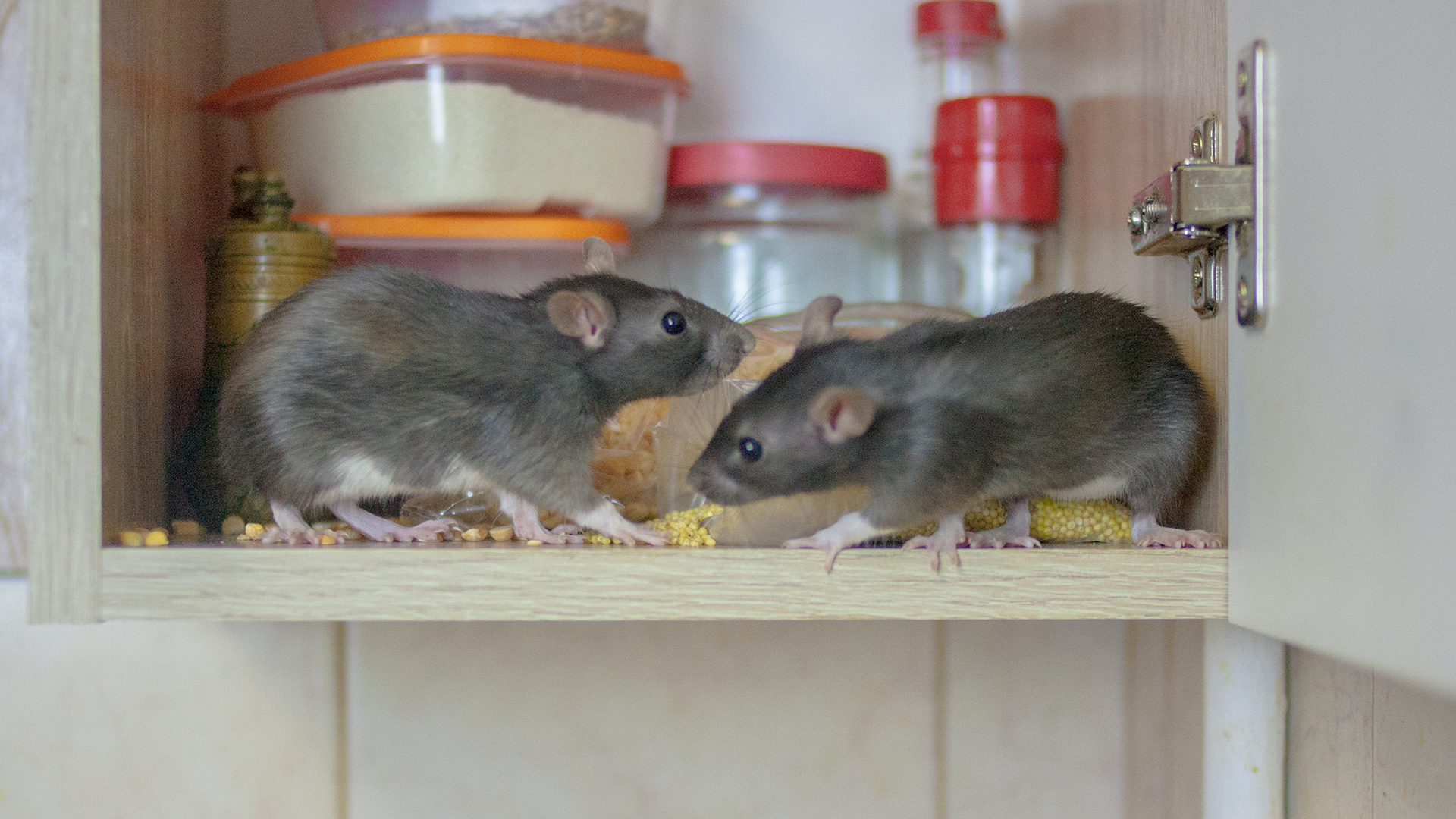



What You Need To Know About Invasive Rodent Species
The Norway rat (Rattus norvegicus) is globally widespread and costs primary industry hundreds of millions of dollars per year It has caused or contributed to the extinction or range reduction of native mammals, birds, reptiles and invertebrates through predation and competition They wanted to look at where it went and what it did to understand more about how an invasive species starts to colonize However, the rodent had different plans Most studies indicated that food is the primary limiting factor for individual and population growth for both species Norway rats are better at getting to that food, feeding onInvasive Species — Norway Rat (Rattus norvegicus) Biological Characteristics Biological Characteristics Pathways Impacts Distribution More Resources Get Involved Identification The Norway rat has many names It is often referred to as the brown rat, common rat, sewer rat, Hanover rat, Norway rat, Brown Norway rat, Norwegian rat, or wharf rat




All About Roof Rat Identification Eating Habits And Trapping Remedies




Blog How To Get Rid Of Norway Rats In Conroe Homes
Norway rat Texas Invasive Species Institute Norway rat Description The Norway rat ( Rattus norvegicus) is a member of the family Muridae and is very similar to the nonnative roof rat ( Rattus rattus ) The Norway rat can be distinguished by a larger and fuller body sizeOpen dumps often are infested by Norway rats At a properly operated sanitary landfill, garbage and rubbish are compacted and covered with earth daily Modern incinerators completely burn refuse, and the resulting residue does not provide food for rats Sewers are inhabited by Norway rats in some towns and citiesNo The Norway Rat The Norway rat is often attracted to homes due in part to unsanitary conditions that are existing inside of the home Typeically they live in railroad embankments, near water sources such as stream and river banks or underneath concrete slabs but can make their way indoors if you live near these locations




How To Get Rid Of Rats Sentinel Pest Control




An Interview With A Norway Rat Pest Management Professional Pest Management Professional
They are also an invasive species that upsets the balance of many ecosystems around the world, threatening numerous species with extinction rat was a lot slower than its close relative the black rat, and the all too familiar house mouse Despite this, the Norway rat has more than made up for its slacking in the past three centuriesRats as invasive species Many parts of the world have been populated by rats secondarily, where rats are now important invasive species that compete with and threaten local faunas For instance, Norway rats reached North America between 1750 and 1775 76 and even in the early th century, from 1925 to 1927, 50% of ships entering the port of New York were rat infested 77 A Norway Rat found dead in Baltimore Co, Maryland () Photo by Jane Marlow Norway Rat in Howard Co, Maryland () Photo by MBP marks as "Invasive" any taxon listed in the Maryland Invasive Species Council (MISC) list of Invasive Species of Concern in Maryland




How To Get Rid Of A Norway Rat How I Get Rid Of




Black Rat Facts You Won T Believe
On islands where rats had been eradicated would be higher than on ratinfested islands;Norway rat (Rattus norvegicus norvegicus) Characteristics The total length of this species is mm, and the weight is grams The color reddishbrown to black on the back, and they have a pale to white belly The tail is bicolored, and scaly This species is nocturnal, and a burrowerThey flourish in large cities and also thrive by burrowing beneath buildings, embankments and tree roots, or hiding out in basements, crawlspaces, attics and sewers Often hiding during daylight hours, Norway rats live in fields, farmlands and inside structures like woodpiles
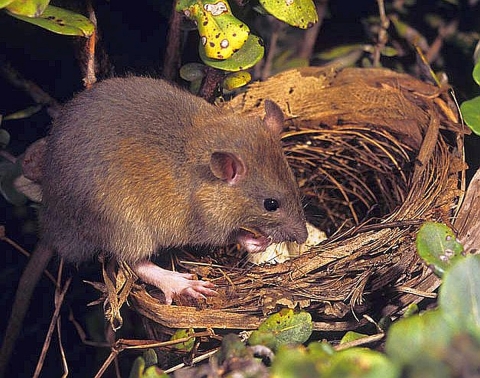



Invasive Rat U S Fish Wildlife Service




1 Introduced Rodents Such As This Norway Rat Rattus Norvegicus Can Download Scientific Diagram
The fur of a Norway rat is coarse and usually brown or redgray above and whitegray on the belly The tail does not reach the tip of the nose Adult Norway rats weigh an average of 12 to 16 ounces Their paired incisor teeth grow continuously at the rate of about 5 inches per year Invasive rats, the archetypal tramp species, have spread across the globe alongside humans The black or ship rat Rattus rattus, and Norway or brown rat R norvegicus, are now found throughout the world from their source populations in SE Asia and China respectively ( Barnett, 01, Aplin et al, 11 )Canadian homeowners who have problems with rats are likely dealing with one of two species, the Norway rat or the roof rat, also known as the black rat These pests create similar damage, making identification hard for residents Being able to spot a few key differences between the two species can aid in control and removal Appearance




Roof Rat 15 Facts You Won T Believe



Gisd
The Norway rat (Rattus norvegicus) is different from the ship rat in that the tail, which is This cultural interest in kiore is recognised by DOC when planning eradication programmes for invasive species The threat Ship and Norway rats and kiore have a major impact in New Zealand because they are omnivores – eating birds, seeds, snailsEradication of Norway rats (Rattus norvegicus) and house mouse (Mus musculus) from Motuihe Island, New Zealand In Turning the tide the eradication of invasive species 3813 Veitch, CR and Clout, MN(eds) Eleven years after invasive Norway rats (Rattus norvegicus) were eradicated from Hawadax Island, in the Aleutian Islands, Alaska, the predicted threelevel trophic cascade in the rocky intertidal




How To Get Rid Of A Norway Rat How I Get Rid Of




Black Rat Animal Tracks And Signs By Beartracker Wildlife Tracking Inaturalist
Findings by Wace (1986) All strains of laboratory rats are derived from wild Norway suggesting some degree of trappability of invasive ship rats rats Norway rats are highly social animals, exhibiting complex with lure laboratory rats might be the result of the former’s interactions including inter and intrasexual and within and naïvetéNorway rat Rattus norvegicus (Berkenhout, 1769) About This Subject View Images Details View Images Resources Florida's Exotic Wildlife Species Detail Florida Fish and Wildlife Conservation Commission Global Invasive Species Database Invasive Species Specialist Group Animal Diversity Web University of Michigan Museum of ZoologyItems 11 of 1 Name Rapid Response Plan for Invasive Rodents in Alaska (PDF) This document outlines rapid response actions that should be taken to a rodent sighting in a previously rodentfree area or in the event of a potential ship grounding and subsequent rat spill Eradication of established breeding populations of rodents is a much




Outsmarted By A Rat You Re Not Alone Pct Pest Control Technology




140 Top Mice Rats Sewer Rats Ideas In 22 Rats Mouse Rat Animals
Invasive Species — Norway Rat (Rattus norvegicus) Impacts Biological Characteristics Pathways Impacts Distribution More Resources Get Involved Species Affected Because rats have a very broad diet, they can have a harmful affect on many different wildlife species In Alaska, some of the worst problems have occurred in seabird colonies
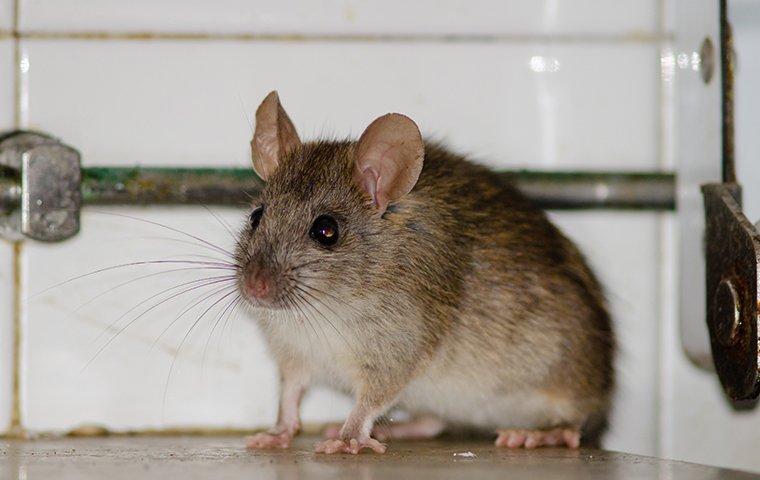



Blog Differences Between Roof Rats Norway Rats In Elizabeth City




Roof Rats Information Habits Habitat More On Roof Rats




Rodents Pamther




Norway Rats Control Prevention Information For Rats



Pest Profiles Norway Brown Rat Thebestairrifle Com



Rats




Should We Cull One Species To Save Another Conservation The Guardian



Norway Rat Northwoods Stewardship Center



3




Brown Rat Ohio Department Of Natural Resources




Norway Rat Rattus Norvegicus Berkenhout 1769




How To Get Rid Of A Norway Rat How I Get Rid Of




New Zealand S Mind Blowing Goal Rat Free By 50 Science as




Rats In Alaska Keeping Anchorage Rat Free Alaska Department Of Fish And Game




Norway Rats Aepma Columbia Shuswap Invasive Species Society




Norway Rat Distribution Alaska Invasive Species Alaska Department Of Fish And Game




Alberta S War On Rats Amusing Planet




What You Need To Know About Invasive Rodent Species




Rats The Department Of Environment And Natural Resources



Giant




The Natural History Of Model Organisms The Norway Rat From An Obnoxious Pest To A Laboratory Pet Elife




New Zealand S Crusade Against Mammals The New Yorker



Rats




Norway Rat Species Norvegicus Genus Rattus Family Muridae Order Rodentia Class Mammalia Phylum Chordata Kingdom Animalia Norway Rat Brown Rat Rodent Think Tank Stock Photo Alamy




How These Cities Became Rat Free Zones c Worklife



Rats




Brown Rat Common Brown Rat Norway Rat Common Rat Rattus Norvegicus Hidden Between Wooden Beams Germany Rhineland Palatinate Stock Photo Alamy




Invasive Species The 18 Km2 Rat Trap Nature



Norway Rat Creationwiki The Encyclopedia Of Creation Science




How To Get Rid Of Norway Rats Identify A Rat Infestation More




Using Dna To Trace The Invasion Of Norway Rats And House Mice Into New Zealand Te Papa S Blog



3




Black Rat The British Mammal Guide Youtube




Mouse Vs Rat Can You Spot The Difference Rodent Control




Rats Kiore Norway Rat And Ship Rat Marlborough District Council




The Natural History Of Model Organisms The Norway Rat From An Obnoxious Pest To A Laboratory Pet Elife




Rattus Norvegicus



Invasive Species



Gisd




Different Types Of Rats ac Wildlife Removal Of Madison




Rattus Rattus



Roof Rats Internet Center For Wildlife Damage Management




Rod Morris Biographic




Black Rat Wikipedia



Gisd




Norway Rat Identification Photos Biology Alaska Invasive Species Alaska Department Of Fish And Game




Invasive Species Iucn




Rats Mice Native To North America Old World New World Rodents Automatic Trap Company




Norway Rat Identification Photos Biology Alaska Invasive Species Alaska Department Of Fish And Game




Blog Guide To Deterring Rodents In Portsmouth




Norway Rat Identification Photos Biology Alaska Invasive Species Alaska Department Of Fish And Game




Living With Wildlife Rats Washington Department Of Fish Wildlife




Hidden Housemates Rats In The Ranks




Most Wanted Norway Rat Pest Management Professional




Hanover Rat Images Stock Photos Vectors Shutterstock



3




New Zealand Hot Summer Leads To A Tenfold Explosion In Rat Population New Zealand The Guardian
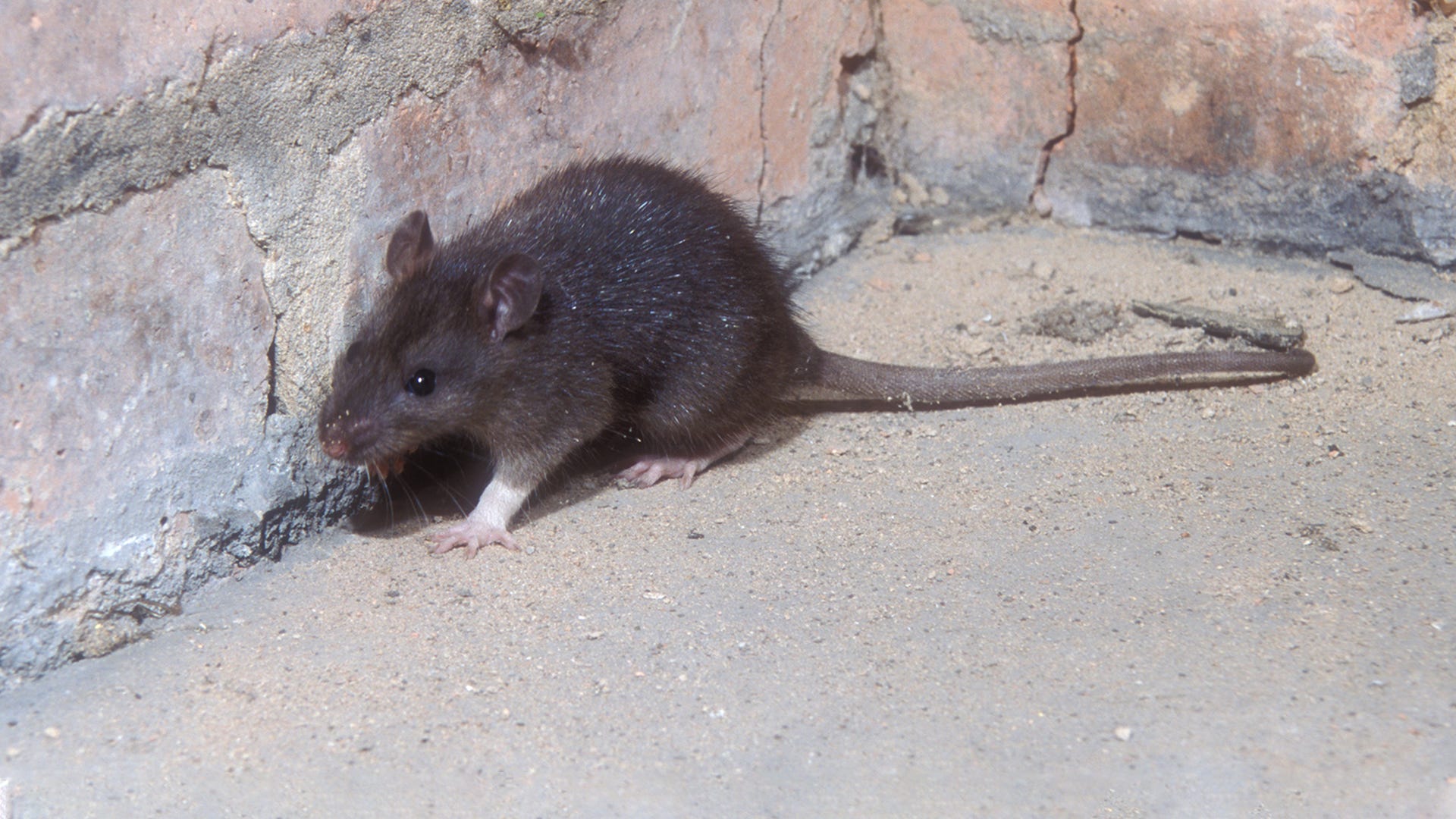



Articles




Ncc Land Lines The Race Against Rats The Most Successful Invasive Species In The World



Norway Rat Texas Invasive Species Institute




10 175 Brown Norway Rat Stock Photos Pictures Royalty Free Images Istock




Black Rat Facts You Won T Believe




How To Identify Different Types Of Rodents In Your Home And Yard The Family Handyman




Norway Rat Smithsonian S National Zoo




Final Phase Of South Georgia Rat Eradication Project c News




Norway Rat Rattus Norvegicus Berkenhout 1769




Maryland Biodiversity Project Norway Rat Rattus Norvegicus




Norway Rat Rattus Norvegicus Rodentia Muridae




Understanding Rats Invasion Of Madagascar Bmc Series Blog




Rat Island Rid Of Invading Rodents The Cordova Times




Blog New Braunfels Complete Guide To Norway Rats
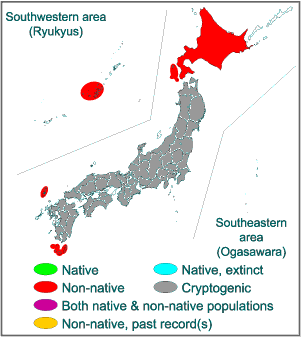



Norway Rat Brown Rat Invasive Species Of Japan




26 Faqs About Rats And Rat Control Ehrlich Pest Control



Norway Rats Internet Center For Wildlife Damage Management




Ncc Land Lines The Race Against Rats The Most Successful Invasive Species In The World




Norway Rat San Mateo County Mosquito And Vector Control District



Gisd




Brown Rat Wikipedia




Norway Rat Habitat Identification Habits And Removal Remedies




How To Get Rid Of Rats In Oregon Western Exterminator
Comments
Post a Comment